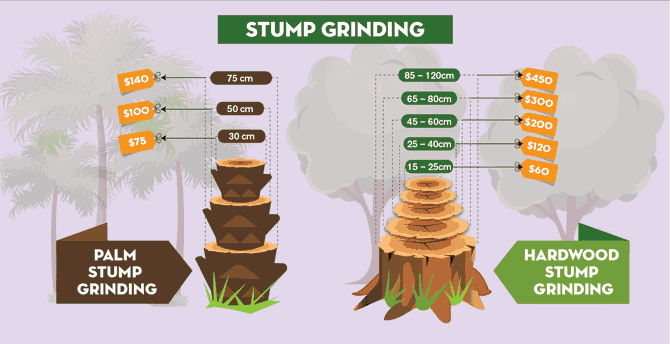When it involves creating a landscape that thrives, understanding the art of tree trimming is a must. Picture being able to shape your trees with accuracy, ensuring their vigor and charm for several years ahead. By discovering low maintenance backyard small garden design for correct cuts, timing, and architectural training, you hold the secret to a flourishing outside area that will certainly thrill all that encounter it. But exactly how do these trimming methods truly impact the health and wellness of your trees and the general landscape visual?
Correct Pruning Cuts for Tree Wellness
When it involves keeping the health of your trees, making proper trimming cuts is vital. Incorrect cuts can lead to disease, insect problem, and overall tree decline. To ensure the vigor of your trees, always start by using sharp, clean tools to make exact cuts.
Begin by recognizing the branch collar, a puffy area where the branch affixes to the trunk. Cutting simply outside the collar aids advertise proper recovery and decreases the risk of infection. Avoid leaving stubs as they can invite parasites and conditions right into the tree.
Keep in what is a arborist to make cuts at a small angle, sloping away from the trunk, to avoid water from merging on the wound. Additionally, eliminate any type of dead, damaged, or going across branches to boost air circulation and sunshine infiltration.
Timing and Frequency of Trimming
To keep the health and wellness and framework of your trees, understanding the ideal timing and regularity of trimming is important.
The best time to prune trees is usually throughout the dormant period in late winter or early spring. Pruning during this period helps promote new growth once the tree begins budding in the springtime.
Nonetheless, some trees, like spring-flowering ones, are best trimmed right after they finish flowering to stay clear of removing following year's blossom buds.
Routine pruning is crucial, yet the regularity relies on the tree species and its growth rate. For the majority of trees, a yearly examination to remove dead, unhealthy, or crossing branches is advised. Youthful trees might call for even more regular pruning to establish a strong framework, while mature trees may only need maintenance trimming every couple of years.
Avoid trimming during the autumn when illness are a lot more quickly spread, and avoid heavy trimming during the summertime when the tree is proactively expanding.
Training Young Trees for Framework
For developing strong and healthy trees, training young trees for ideal framework is essential. By forming a tree when it's young, you established the foundation for a durable and visually enticing mature tree.
Begin by recognizing the central leader, which is the major upward-growing branch. Urge the main leader's growth by trimming away competing leaders, helping the tree establish a solid central trunk. Additionally, eliminate any kind of branches that grow internal or downward, as they can trigger architectural concerns as the tree expands.
It's important to area out side branches equally around the trunk to advertise well balanced development. As the tree grows, remain to monitor its development and trim as required to preserve its form and framework.
Appropriately trained young trees are much less most likely to create weak crotches or chock-full branches, lowering the threat of damages during tornados. Investing time in training young trees will repay with a magnificently structured and durable tree in the future.
Conclusion
Now that you have actually mastered the necessary strategies of tree trimming, your landscape is on its means to flourishing. By utilizing sharp tools, making exact cuts, and effectively timing your trimming sessions, you are ensuring the wellness and long life of your trees. Keep in mind to frequently evaluate and maintain your trees to maintain them growing. With your newfound expertise, your landscape will continue to grow magnificently for many years ahead. Maintain the magnum opus!
